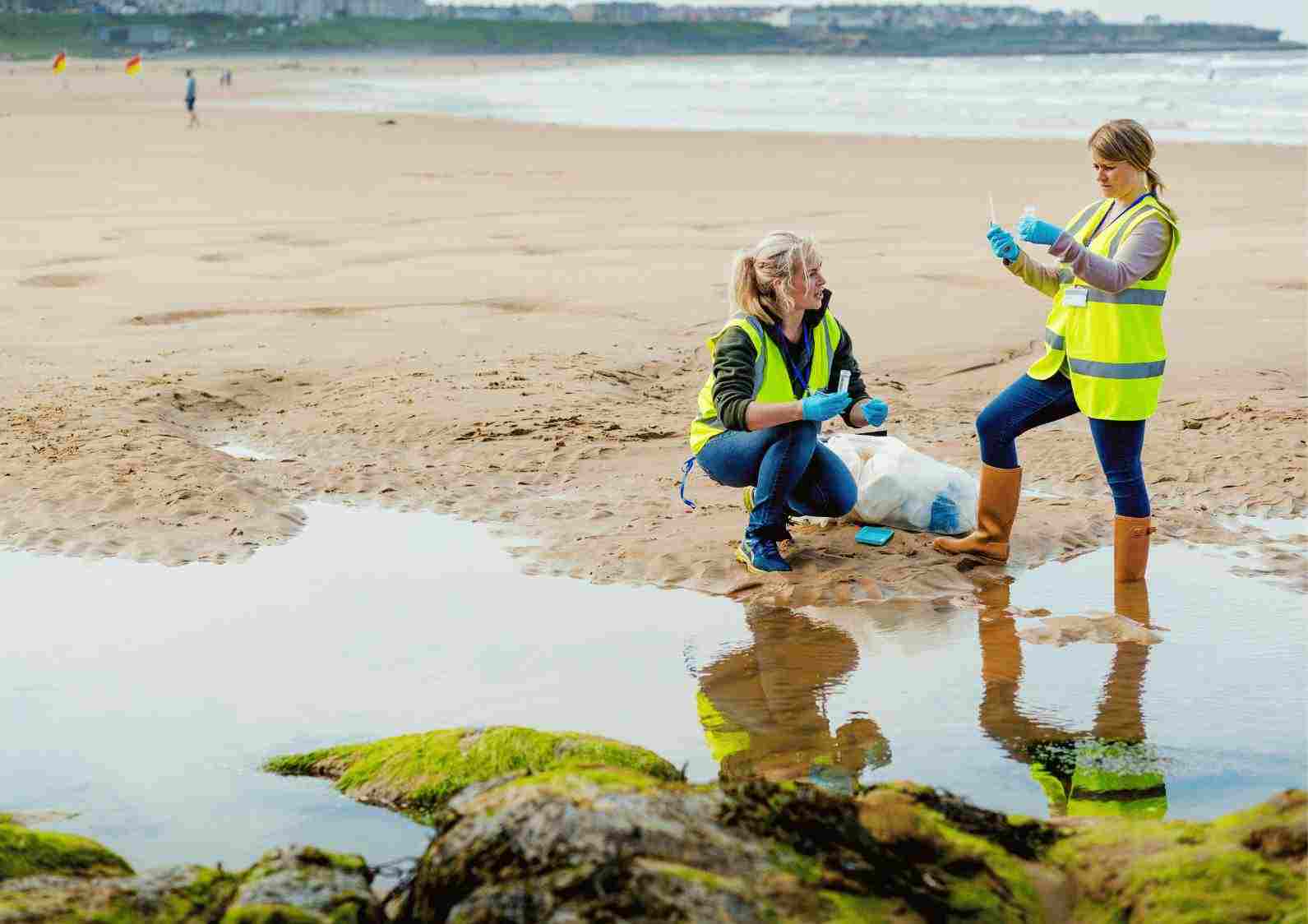
Clean Air Act: History, Standards & Safety
The Clean Air Act (CAA) is a federal law that regulates air emissions from both stationary (industrial) and mobile sources throughout...


The importance of environmental responsibilities has to be emphasized. As we observe the increasing impacts of climate change and resource depletion, businesses must prioritize sustainability and adopt eco-friendly practices. From regulatory compliance to employee engagement, every part of the organizational operations is important in creating a sustainable workplace.
Environmental responsibility refers to our duty, as both individuals and corporations, to make choices that reduce our negative impact on the environment. It’s not limited to planting trees or recycling: it’s a comprehensive effort to minimize waste, pollution, and resource consumption while promoting sustainable practices for a healthier planet.
Creating strong policies and procedures for environmental responsibility is pivotal for organizations to reduce their ecological footprint and promote sustainability. Following are some steps and strategies to consider:
Implementing an Environmental Management System(EMS) helps organizations manage their environmental responsibilities effectively. It involves establishing methods for planning, executing, monitoring, and reviewing environmental actions. The EMS helps maintain environmental regulations and promotes continual improvement, showing commitment to protecting the environment.
Resource conservation measures in the workplace can minimize environmental impact and promote sustainability. Simple steps such as switching to digital documentation to minimize paper usage, executing energy-saving practices like turning off lights and equipment when not in use, and encouraging employees to recycle can decrease waste and conserve resources. Also, educating employees to adopt sustainable habits, such as using reusable containers, carpooling, or utilizing public transportation, contributes to increasing conservation efforts.
To maintain high sustainability standards in the workplace, it’s important to educate employees about environmental responsibility. Providing thorough training programs, engaging workshops, and resources, ensures that staff are well-informed and equipped to actively engage in eco-friendly practices. These methods help create an environment-conscious culture, where each team member knows their role in supporting sustainability.

Pollution prevention in the workplace means taking steps for resource conservation to protect the environment. This includes strategies like waste reduction through recycling and reuse programs, conserving energy and water, managing hazardous materials safely, and controlling air emissions. By prioritizing resource conservation, companies can not only mitigate their environmental impact but also improve cost-effectiveness and demonstrate their commitment to corporate social responsibility.
Continuously making things better and keeping an eye on them is important when it comes to environmental responsibilities at work. It helps businesses to find ways to improve and make sure they’re doing their part for the environment. Regular checks and evaluations of environmental performance play a vital role in verifying the effectiveness of policies and procedures. Keeping everyone informed and involved, acknowledging and rewarding green actions, and making changes based on feedback can help improve environmental practices continually.
As we move towards a more sustainable future, businesses of all sizes and industries must understand and adopt environmental responsibility in their workplaces. It is not just beneficial for the planet; it’s also good for business. Most importantly, it raises a green culture that motivates employees to make eco-friendly choices both at work and in their personal lives. By incorporating environmental considerations into all aspects of business operations, companies can contribute to protecting the planet.

The Clean Air Act (CAA) is a federal law that regulates air emissions from both stationary (industrial) and mobile sources throughout...

In 2023, private industry employers in the U.S. reported 2.6 million nonfatal workplace injuries and illnesses, down 8.4% from the previous...

The OSHA Training Institute (OTI) is the official training and education arm of the Occupational Safety and Health Administration (OSHA)...

The term “OSHA 40-Hour Certification” is one of the most common misconceptions in workplace safety training. Many...

Every year, thousands of workers are injured or lose their lives in workplace accidents. These incidents highlight...

Workplace safety is regulated at both the federal and state levels. In Virginia, the Virginia State Plan, also known as...